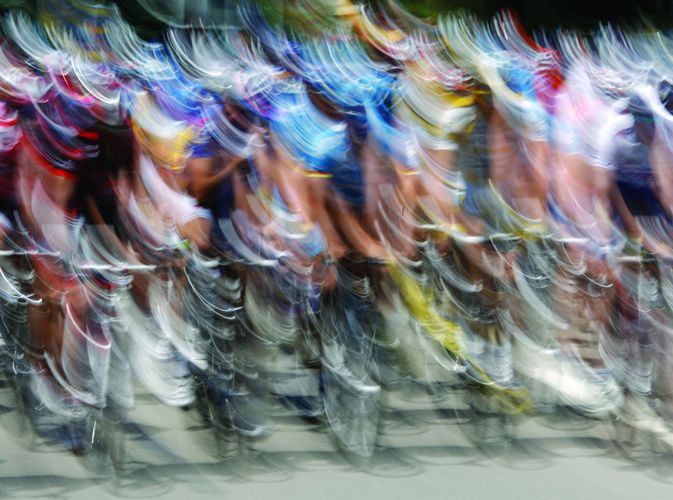Turbulence of the type experienced in financial markets in the last 12 months has a habit of turning things on their head. Banks have needed an iron grip to hold on to their rankings in the capital markets businesses they participate in. In the first half of 2009, reputation has counted for little: there has arguably never been a better time for smaller and medium sized players in any business to make a play for the big time.
In several asset classes, key established players, with bigger problems to contend with, have scaled back their activities, creating space at the top table for smaller players. Banks with less involvement in certain capital markets activities have been much less affected by market turbulence and have had the balance sheet to fill the vacuum.
In the European corporate bond market, for instance, the top four banks managed to retain their lead because they were able to maintain shorter term lending throughout the crisis. But Calyon was able to translate a position of relative obscurity outside the top 10 to a strong fifth position this year, while Citigroup bounced back from a lamentable 2008 to reassert itself as a top 10 player. Stalwarts UBS and Goldmans went the other way, dropping out of the top 10.
In loans, JP Morgan retained its position of supremacy globally thanks largely to its primacy in the US, the world’s biggest loan market. The US banks have consolidated their activities at home, and retain strong positions there, but look to be casualties of the crisis in Europe: the mighty JP Morgan slipped down to 16th, while Citigroup only managed to stay in the top flight by its fingernails, coming in at 10th. The notable success story of this market is Santander, which, like Calyon in European corporate bonds, has come from obscurity to rank a very respectable seventh. In the US, RBS has lost ground, but European representation has been taken over by Barclays, which saw its Lehman acquisition launch it up to sixth. The rankings looked more familiar in Asia.
In emerging market bonds the pie was perhaps too small to encourage new entrants to burst onto the scene. The rankings are characterised by a small number of deals overall, for which the usual suspects competed. UBS fell off the map by failing to participate in any deals, but the other players mostly managed to get involved in some capacity, although nobody was involved in more than three deals.
It was a different story in equities, where it was the business that the banks conducted, rather than the composition of the banks involved, that changed most significantly. As IPO activity has declined, banks have instead used their balance sheets to underwrite rights issues and accelerated deals. There has also been more focus on fee generation among some banks, at the expense of prestigious top-line activity. A number of banks – BNP Paribas and RBS for example – rank in the top six for fees earned, yet remain outside the top 10 for bookrunning credit.
In structured equity, the tables make grim reading for the established players. Deutsche Bank and JP Morgan, once leaders in the field, have seen their share depleted. Morgan Stanley has been left as the undisputed dominant force of the business.
